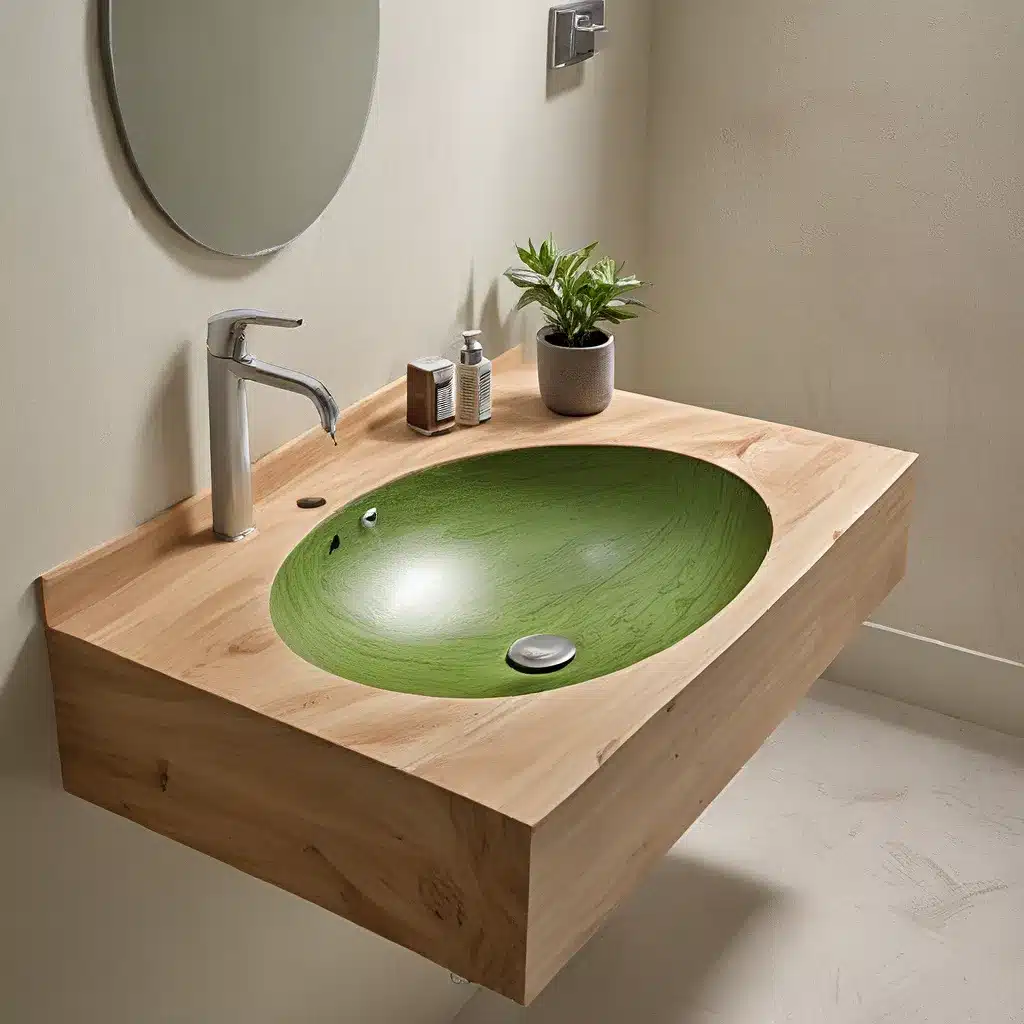
In recent years, sustainability has gained significant importance as more individuals recognize the need to protect the environment and conserve resources. One area where sustainable practices can be easily implemented is in bathroom design. By adopting eco-friendly strategies, homeowners can create a bathroom that looks aesthetically pleasing and contributes to a greener lifestyle.
Water Efficiency: The Key to Sustainable Bathroom Design
When it comes to creating a sustainable bathroom, water efficiency is a crucial aspect, particularly in commercial settings where water usage can be significant. Two essential elements for reducing water consumption in commercial bathrooms are low-flow toilets and sensor-operated faucets.
Low-flow toilets are designed to use less water per flush without compromising performance. By reducing the water pressure and optimizing the flow rate, these toilets can save thousands of gallons of water annually. Traditional toilets typically use around 3.5 to 7 gallons of water per flush, contributing to significant water wastage over time. In contrast, low-flow toilets use approximately 1.6 gallons per flush or even less, depending on the model.
Washbasin Factory offers a wide range of low-flow toilet options that combine water-saving technology with sleek, modern designs to seamlessly integrate into any bathroom environment. These toilets not only conserve water but also contribute to a more eco-friendly and cost-effective bathroom.
Sensor-operated faucets are another water-saving solution that can significantly reduce water usage in both residential and commercial bathrooms. These faucets have motion sensors that detect when hands are placed under the faucet, activating the water flow. Once hands are removed, the sensors automatically shut off the water, preventing unnecessary water wastage.
Sensor-operated faucets are particularly beneficial in public restrooms where individuals may forget to turn off the faucet manually. Additionally, these faucets help maintain a hygienic environment as users do not need to touch the faucet handles to activate the water flow. When choosing sensor-operated faucets, it’s recommended to opt for models made from sustainable materials such as stainless steel or eco-friendly plastics.
Innovative Waste Reduction Techniques
In addition to water efficiency, homeowners can minimize water consumption and promote environmental sustainability by implementing innovative waste reduction techniques, such as greywater recycling and using biodegradable soaps.
Implementing greywater recycling systems is a highly effective way to promote water conservation in your bathroom. Greywater is the relatively clean wastewater from sinks, showers, and washing machines, which can be recycled for non-potable purposes, such as toilet flushing or garden irrigation. A greywater recycling system can reduce water consumption and promote sustainable building practices, minimizing the strain on local water supplies and reducing your ecological footprint.
Choosing biodegradable soaps and cleaning supplies is another important aspect of an eco-friendly bathroom design. These products are formulated to break down more easily and have minimal environmental impact when disposed of, helping to protect natural resources and promote a sustainable lifestyle. Traditional soaps and cleaning supplies often contain harsh chemicals and volatile organic compounds (VOCs) that can harm aquatic life and ecosystems.
Energy Conservation Strategies
Implementing energy conservation strategies in your bathroom can also contribute to environmental sustainability and help lower utility bills. By adopting practices such as using motion sensors and energy-efficient light bulbs, you can reduce energy consumption and minimize your carbon footprint.
Motion sensors are a smart solution for bathroom lighting, as they automatically turn off lights when no motion is detected. This ensures that lights are not left on unnecessarily, saving energy and reducing electricity costs. Additionally, using energy-efficient light bulbs, such as LED bulbs, can significantly reduce energy usage while providing ample illumination.
Sustainable Materials and Accessories
Using sustainable materials and accessories can minimize waste and promote responsible consumption in your bathroom. Recycled materials, such as countertops and flooring made from reclaimed materials, are an excellent choice for a sustainable bathroom design.
Recycled materials, including countertops from recycled glass or bathroom tiles made from reclaimed ceramic or porcelain, offer a unique and eco-friendly aesthetic. These materials can be just as durable and stylish as their non-recycled counterparts, making them excellent sustainable bathroom ideas.
Aquatica USA, a leading manufacturer of bathroom fixtures, offers a wide range of eco-friendly hand dryers and paper towel alternatives that can further reduce waste in your bathroom. Eco-friendly hand dryers use high-velocity air to dry hands quickly, eliminating the need for paper towels, while reusable cloth towels or bamboo towels provide a more sustainable option for drying hands.
Conclusion
Creating a sustainable bathroom isn’t just an eco-friendly choice; it’s a smart investment. By embracing water efficiency, innovative waste reduction techniques, energy conservation strategies, and sustainable materials, you can reduce your environmental footprint and save on costs in the long run.
From low-flow toilets to recycled materials and green certifications, every step towards sustainability counts. Incorporating these sustainable bathroom ideas into your design will positively impact the planet and your wallet. Let’s build a greener future together, one bathroom at a time.

